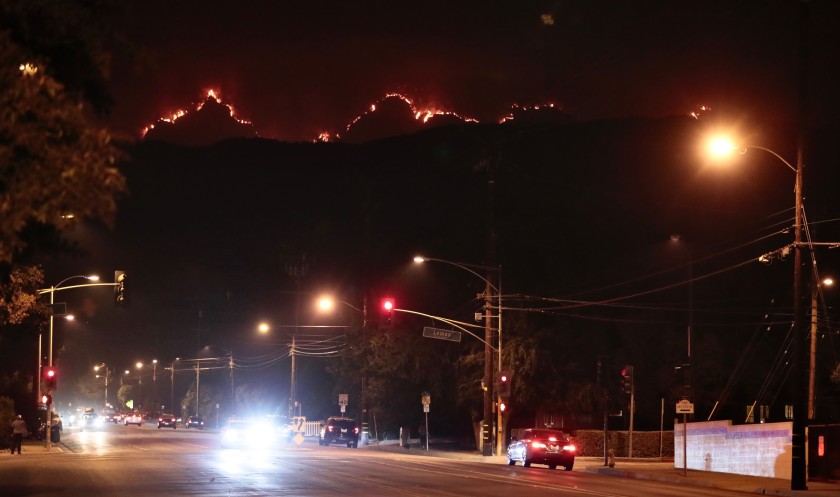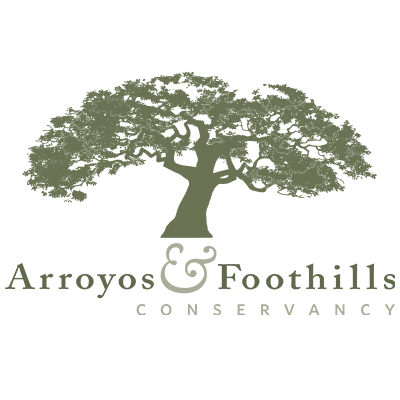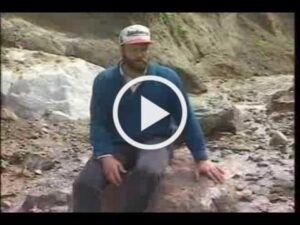Know Before You Go!
Hiking Dangers After a Fire
Stay out of forests and other areas closed by authorities. Burned areas may have been destabilized by rockslides, fallen trees and undermined trails.
Check the official weather forecast before entering the mountains in or below burned areas. If rain is predicted or has fallen recently, don’t go. Change your plans so you won’t put yourself and others in danger. You can check for post fire debris flow hazard m
Even a small amount of rain falling on burned hillsides can trigger debris flows, mudslides and landslides. Fires burn away the vegetation that protects the ground from the impact of heavy rain and anchors the soil. Heat from the fire sometimes makes the soil hydrophobic or resistant to water. Instead of soaking in, the rain runs off quickly, moving downhill and gathering strength. Rivulets and streams might be blocked by rocks and logs, allowing water to build up before breaking loose, perhaps to join in a powerful debris flow, pushing a load of boulders and rocks as it hurls downhill.
If you feel or hear an unusual rumbling or roaring when you are in the mountains or canyons, climb to high ground immediately, away from the streambed or canyon floor. This could be a debris flow. Don’t try to run downstream or downhill, because there won’t be time. You can’t outrun a debris flow.
Flash Floods & Debris Flows
Flash Flooding and Wild Fires
In recent years, California has seen major flooding and damage when rains have occurred on wildfire burn scar areas. Even moderate rainfall rates can cause significant flooding in the first few years after a forest fire. If you are in or near a burn scar area, you need to plan ahead and be aware of the weather. Rainfall upstream of you can cause a flash flood to come roaring down the mountain to where it is not raining.
What Can You Do?
- Know where you are.
- If you live, work, drive, or hike along a river, creek, or arroyo, be aware of the weather.
- Have a plan.
- You should know your flash flood risks, and make your plans to save your life and those around you.
- Be aware of general flash flood plans and procedures that have been developed and implemented by your local emergency management officials.
For information on what to do if you live in a recently-burned area where debris flows are possible, and there is a rainstorm – before, during, and after, download the National Weather Service Post Wildfire Flash Flood and Debris Flow Guide (PDF 7.2 MB)
San Gabriel Foothills Wildfires


A backfire burns near homes during the Station Fire in La Crescenta, California,
Tuesday, Sept. 1, 2009. (AP Photo/Jae C. Hong)


